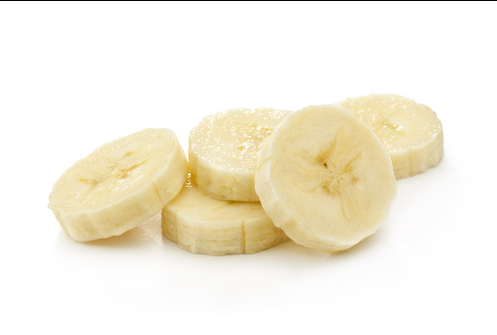10 Ultra-energizing foods to consume when tired!
mis à jour le 7 October 2015 à 00:02
Raw egg yolk, pear, oysters, walnuts... Stay in shape and on form by following the advice of Philip Sionneau, expert in traditional Chinese medicine (TCM).
Parisian mushroom:
Its mild flavour acts as a general tonic. Mushrooms are all great tonics for energy – even the modest Parisian mushroom, generally served sautéed with lamb meat and some fresh ginger, makes a great dish to fight fatigue. Consume it in small doses, otherwise it “agitates” energy, and do not overcook.
Raw egg yolk:
This is an actual drug in traditional Chinese medicine, used to fight anxiety and insomnia. Like oysters, it is said that egg yolk nourishes the yin of the heart. It can be prepared, for example, in a noodle dish, by breaking in the yellow at the last moment.
Banana :
When ripe, it perfectly moistens the lungs and intestines. Its consumption is recommended to treat dry cough (skinned and steamed with a little sugar) or quench thirst (when consumed raw), but the opposite applies in the case of cold or flu. Rich in carbohydrates and vitamin B, it is also great against bouts of fatigue and drowsiness.
Honey:
Sugary foods are said to be very moisturising in TCM. A cough suppressant and a mild laxative, honey also fights weakness of the digestive system. To consume in small quantities, in its pure form, or diluted in a hot liquid. To be avoided in the case of asthma or chronic rhinitis.
Oyster:
“In TCM, it is said that the heart guides the mental and emotional life. Oysters feed the ‘blood of the heart’,” says Philippe Sionneau. Rich in anti-depressant omega 3 and immune-stimulant zinc and selenium, oyster perks up the morale.
Sesame oil:
The sweet oil, like other vegetable oils, has moisturizing properties. Its characteristics: it contains cholesterol-lowering linoleic acid, as well as natural antioxidants. It comes in different forms – amber, obtained from the roasted seeds, and clear, from the natural seeds. It is better consumed in raw form, but it supports cooking of sweet dishes. Opt for the first batch of cold-pressed oil.
Pear:
“According to Chinese tradition, each season has characteristics that exercise influence over man and nature. As such, autumn is associated with drought. During this period, we should thus consume “humidifying” food, such as pear, a sweet and acidic fruit (opt for fully ripe fruits, which are more digestible). TCM believes that the combination of sweet and acidic flavours generates fluids in the body and quenches thirst,” comments Philippe Sionneau.
Duck:
It is a classic in Asian cuisine but also in TCM, working against cough and dry throat, and is classified as a tonic, humidifying and moisturising food. The flesh provides phosphorus, zinc, iron, copper and vitamin B. The fat contains oleic fatty acid, which helps control cholesterol levels, which can occasionally be used for cooking in place of butter or vegetable oil.
Carrot Juice:
In the Chinese diet, roots and tubers, neutral nature and sweet flavour, promotes digestion and energy production. To fully maximise its effects, prepare carrot juice with honey, or cooked with a bit of fat that preserves its fat-soluble carotenoids, which are good for the skin and eyesight.
Walnuts:
In China, it is recommended to convalescents or after childbirth to regain strength. It contains glutathione, an antioxidant that boosts the immune system. It also contains free-radical preventing vitamin E, phosphorus valuable for meninges, anti-stress magnesium and interesting proportions of alpha-linoleic acid, which means that 3-5 nuts each day is enough to cover our daily omega 3 needs.
Martine Azoulai



